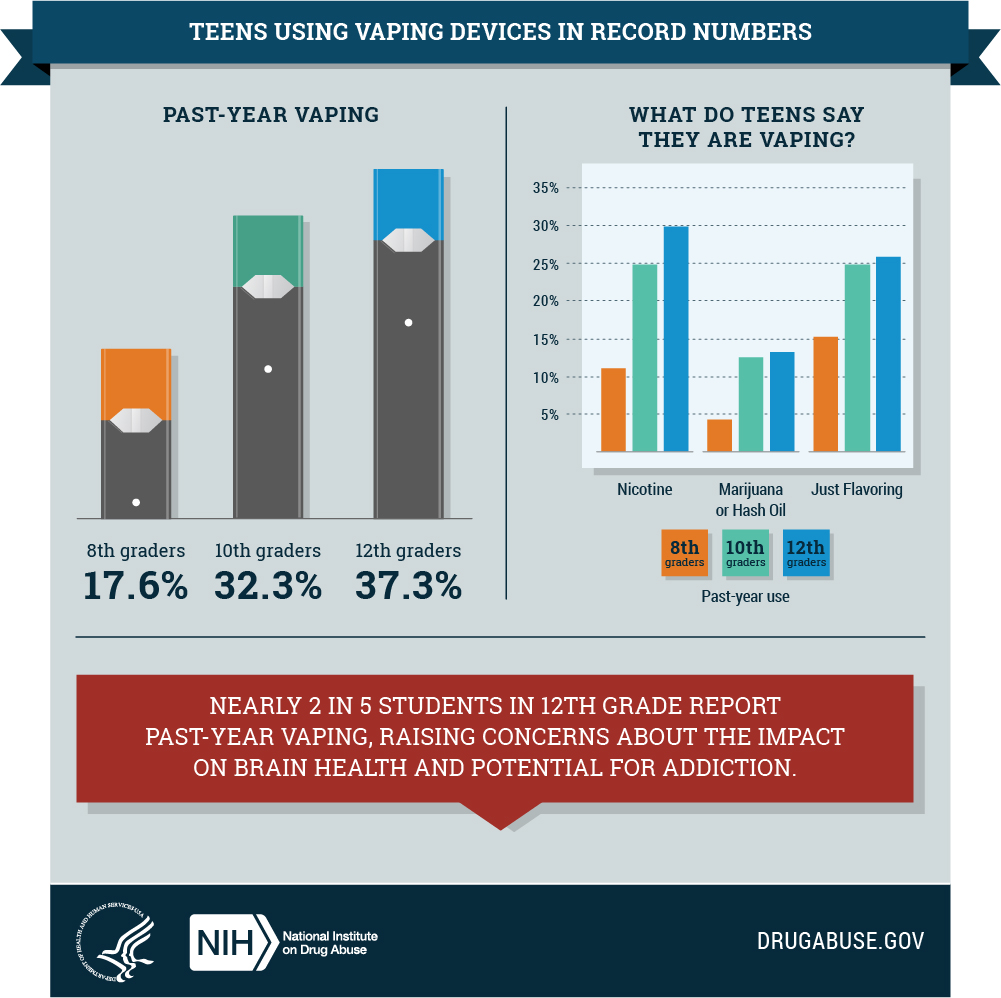To maintain healthy blood levels aim to get 1030 minutes of midday. It is best to get your sun when the UV index is high because you need to spend less time in the sun.
 90 Of Uae Population Vitamin D Deficient Says Dha Official Society Gulf News
90 Of Uae Population Vitamin D Deficient Says Dha Official Society Gulf News
Even if you live in an area such as Pennsylvania where you get little strong sun in winter adequate exposure during the rest of the year will allow your body to stockpile enough D to last you through the gray winter.
How much sunlight for vitamin d. People do not need to get a tan or burn to get vitamin D from the sun. If you decide to get limited unprotected sun exposure for the sake of vitamin D he suggests the following rules of thumb. If you do not have access to the sun then vitamin D3.
The chart shows the best time to get some Vitamin D from the sun would be between 10 oclock in the morning until 330 in the afternoon. When the skin is exposed to the maximum UVB exposure the body will make up to 10000 IUs of vitamin D from the sun. This is because the angle through the atmosphere affects how much UV-B radiation you get exposed to.
A vitamin D calculator created by Vitl tells you exactly how much vitamin D you need daily based on your weight time spent in direct sunlight and how long your skin is exposed to direct sunlight. Regular sun exposure is the most natural way to get enough vitamin D. That would be between 11 Am to 2 PM.
Most humans have depended on sun for their vitamin D requirement. Mid-day sun exposure is the best for optimum levels of Vitamin D production. The body synthesizes D using ultraviolet UV rays absorbed by the skin and very little sun exposure is needed to provide your bodys needs.
UVB is the form of ultraviolet light that produces vitamin D in the skin. Most people can make enough vitamin D from being out in the sun daily for short periods with their forearms hands or lower legs uncovered and without sunscreen from late March or early April to the end of September especially from 11am to 3pm. In search of vitamin D Under the right circumstances 10 to 15 minutes of sun on the arms and legs a few times a week can generate nearly all the vitamin D we need.
The body will make all the vitamin D it needs for a day in about half the. Our best source of vitamin D is sun exposure. After maximum UVB exposure the vitamin D precursors in the skin reach a tipping point and any additional vitamin D from the sun is not used.
Vitamin D is the sunshine vitamin for good reason. Unfortunately the right circumstances are elusive. All UV penetrates water so swimming wont reduce the amount of vitamin D you make.
If you live somewhere where there is sun year-round then you may not need extra vitamin D as long as you make sure to get enough sun. At noon the Sun is highest and. The season the time of day where you live cloud cover and even pollution affect the amount of UVB that reaches your skin.
And 4 pm either daily or at least twice a week to the face arms hands and legs without sunscreen usually leads to sufficient vitamin D synthesis. During exposure to sunlight the UV B photons enter the skin and photolyze 7-dehydrocholesterol to previtamin D3 which in turn is isomerized by the bodys temperature to vitamin D3. The optimal level of vitamin D from the sun would be 10000 IU units daily.
Trying to follow this time table will help reduce your risks for many deficiencies including damage that harmful radiation can give you from natural sunlight. Some expert bodies and vitamin D researchers suggest for example that approximately 530 minutes of sun exposure particularly between 10 am.










